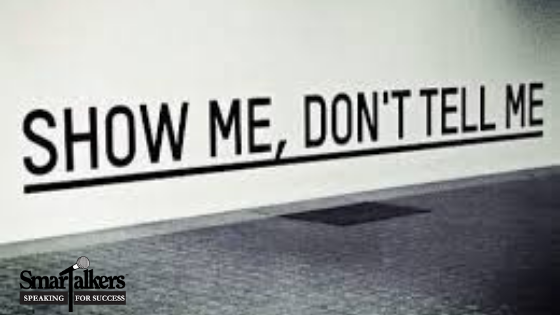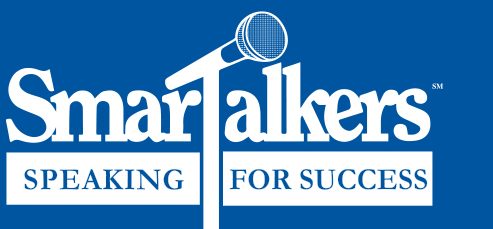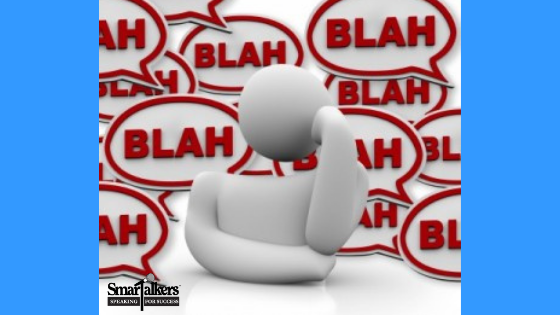
A survey on public speaking was conducted by Brownlee & Associates that involved over 3,000 respondents with positions from President, Managing Director, Senior Directors, Employees in Sales, Marketing, R&D, Quality Control, I.T, Doctors, Scientists, and Lawyers.
The objective was to identify the main causes as to why audience members disconnect and stop paying attention during presentations.
During a series of weekly blogs, I will highlight a few of the specific areas of disconnect surveyed and offer practical coaching suggestions to help you keep your audience connected. Many of the suggestions provided will come from my book Loud and Clear: How to Prepare and Deliver Effective Business and Technical Presentations.
The results have been divided into two sections; The design of the presentation and the delivery of the presentation.
The higher the percentage the more the survey participants felt they would disconnect. Percentages ranged from 72%-99%.
The results of this survey make it clear that when the audience is bothered by areas in the design of the presentation that were done or not done or certain delivery behaviors of the presenter exhibited during the presentation were not executed well, the result will be a disconnection between the audience and the presenter and their presentation which will affect the quality of the communication, the degree of impact and memorability of the activity as well as the achievement of the objectives of the presenter.
Topic covered in the previous post: Making eye contact that connects with your audience.
Delivery: Survey results indicated that 77% agreed they would disconnect if…The presenter reads the text written on the visual aids aloud and adds little extra information to support the written text.
My coaching suggestion: If you need to read your text, your audience will think you are not prepared or knowledgeable enough to be presenting on the topic. An effective presentation will have the extra information that brings the presentation alive. If the presenter adds little extra information, the audience will become bored and tune out. It becomes a data dump! Extra information to support your main idea will get and keep your audience’s attention because it relates directly to them. In my book Loud and Clear: How to Prepare and Deliver Effective Business and Technical Presentations, the Audience Retention Curve will demonstrate the importance of “adding spice” to your information.
Extra information may be providing an example, statistic, or story.
If your main idea is: Changes in the primary market will significantly affect profitability, the extra information that will support this statement could be: Sales figures for several previous years are showing decreasing profits combined. Stating this along with using a visual showing this supporting information will also add to the interest of your audience.
This not only pertains to delivery but more importantly the design of the presentation. In my book Loud and Clear: How to Prepare and Deliver Effective Business and Technical Presentations, a simple format for designing your main idea and supporting information is provided.
For more information on this and other topics on effective public speaking, please contact me via email or through my website: www.smartalkers.com
Connect or follow me with me via LinkedIn, or my Facebook page.

